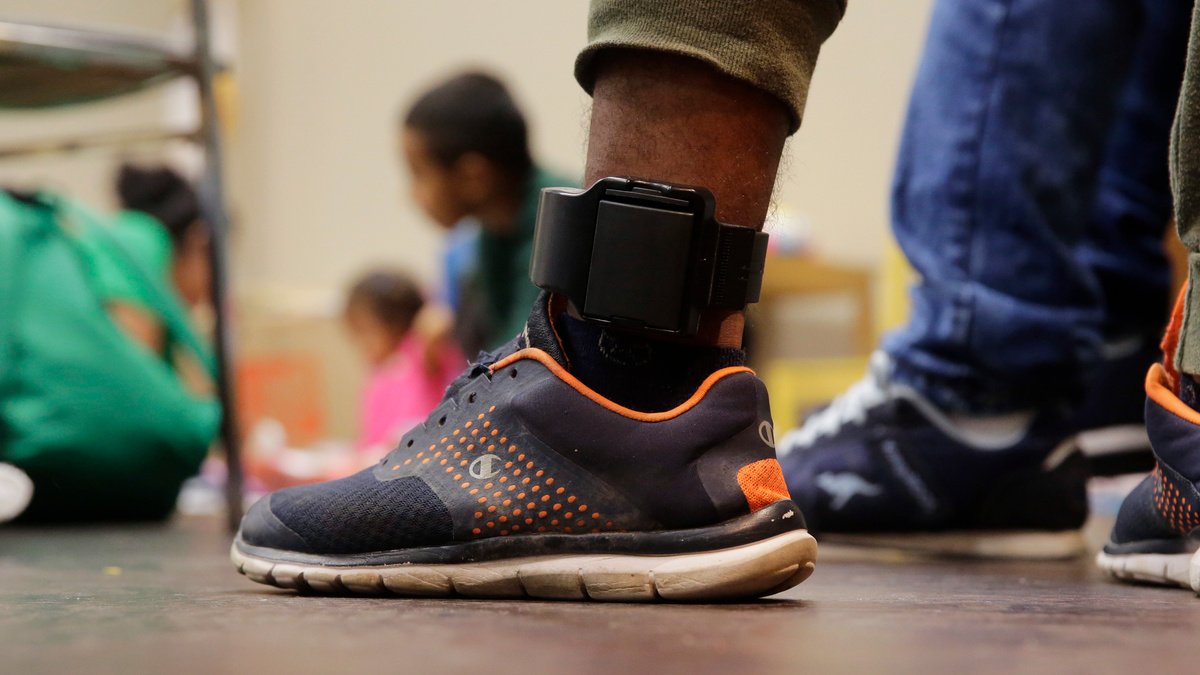Between a Rock and a Hard Place: The Social Costs of Pretrial Electronic Monitoring in San Francisco
By Sandra Susan Smith and Cierra Robson
In the year following Humphrey, a judicial decision mandating that judges consider both defendants’ ability to pay cash bail and non-monetary release options, San Francisco Sheriff’s Office (SFSO) reported a 308% increase in the number of people court-ordered for pretrial electronic monitoring (EM) – from 178 to 725. Although proponents of pretrial EM have described it as an effective alternative to pretrial incarceration – one that ensures public safety and court appearances – critics contend that it is simply an alternative form of incarceration, with many of jail’s attendant harms. With this debate in mind, we explore people’s recent experiences on pretrial EM in San Francisco – the extent and nature of difficulties program participants face while attempting to meet program obligations, the extent to which and how these difficulties put them at risk for noncompliance, and how threats of noncompliance interact with other major issues that system-involved people face to affect program outcomes. Through in-depth, semi-structured interviews with a convenience sample of 66 people court ordered to participate in pretrial EM between 2018 and 2020, we find that prior struggles, especially with housing insecurity and co-occurring disorders, made it much more difficult to meet program obligations, amplifying risks of noncompliance. Further, conditions of pretrial EM release also created hardships for many, making it even more difficult to find safe, affordable, and stable housing; to protect health and well-being; to secure employment and keep jobs; and to maintain physical, emotional, and psychological connections to loved ones. Indeed, pretrial EM often placed program participants in the untenable position of constantly having to choose between two or more equally awful options, such as program compliance or maintaining employment. These findings have major implications for debates about pretrial EM’s net-widening effects but also the inherent stickiness of the criminal legal system.
Cambridge, MA: Harvard University Kennedy School. 2022, 53pg


